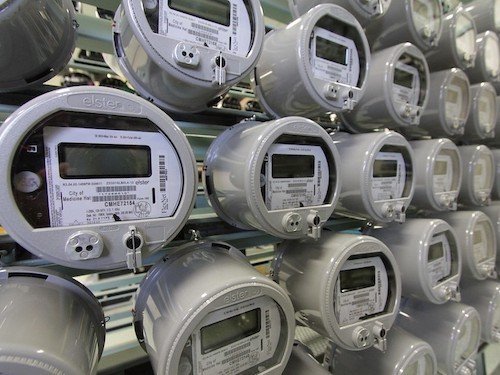Curbing the rate of return on utility investments will help accelerate the U.S. energy transition, authors Ryan Foelske and Joe Daniel write for Climate & Capital Media.
Power utilities in the United States and Canada make their money based on their capital expenditures to build an asset like an electricity generating plant; most operating costs, like fuel, are passed to customers without profit. So when a utility is faced with a choice between spending capital to build a power plant or spending operating budget to help customers conserve energy, the utility will be biased to build the power plant. Hence, “capex bias.”
Key Points:
- Lower ROEs mean utilities will build the same amount of renewables at lower cost, or build more renewables at the same cost. Either way, the climate benefits.
- Inflated ROEs slow the buildout of renewables and decarbonization technologies by making utilities less competitive with third-party developers.
- As of yet, no U.S. jurisdiction has authorized the use of totex ratemaking. Until such changes arrive, the higher the ROE that is allowed, the stronger the bias for capex. And that could slow the adoption of cost-effective strategies to reduce carbon emissions, like energy efficiency
Read the full post at The Energy Mix.





